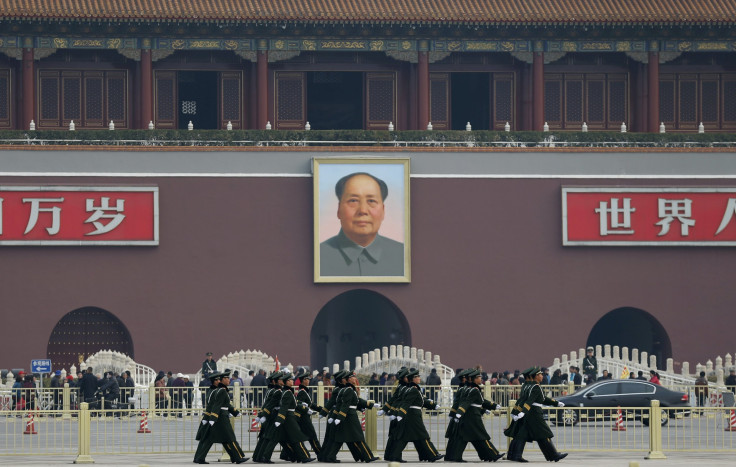China Economic Outlook 2014: GDP Growth Softens To 7.4%, A Year For Implementing Reforms

China’s economic growth will soften a bit more next year to 7.4 percent, but that’s a good development that allows for decisionmakers to adjust the economy following decades of following a pro-growth model, instead of a cause of worldwide panic previously feared.
Analysts expect the world’s second largest economy will slow to about 7.6 percent GDP growth this year, the weakest in 14 years. The year was all about planning for the Third Plenum meeting, which took place last month, but the coming year will be about implementing the economic and structural reforms that will transform China into a healthier, consumption driven economy.
“The new administration already rolled out some of its policies in 2013, including attempts to shut down excess capacity, an anti-corruption push, and moves to cut red tape,” Stephen Green, an analyst for Standard Chartered wrote in a research note entitled Rising East, Emerging West. “2014 will reveal whether more complicated issues such as fiscal, land and state-owned enterprise (SOE) reform can be meaningfully tackled.”
“We are optimistic,” Green wrote.
The government will likely maintain its targets of 7.5 percent for GDP growth, 3.5 percent for inflation and 13 percent for M2 growth for the year, a Barclays research note said. As long as employment remains robust, this slowdown should not be a problem, and will allow decision makers some breathing room without focusing aggressively on growth.
External demand, which supports about 12 percent of China’s GDP and absorbs some 35 percent of its industrial output, should perform better than in 2013. Export growth could accelerate to 10 to 15 percent from around 8 percent in 2013 as the global economy continues to recover.
Domestic investment should receive support from the recovery in construction activity and manufacturing capacity addition, while infrastructure investment growth is likely to slow as the central government clamps down on local government investment beginning in the second half of 2013. Domestic consumption on the other hand should grow as nominal wages are projected to grow about 10 percent. Following the sharp rise in apartment sales in 2013 millions will be taking possession of their new housing, which will spur sales of cars, electronics and furniture.
Credit growth will slow as the central bank begins its multi-year attempt to deleverage the economy – a move that needs to be gradual, even though credit has been rising too fast to be sustainable. As such, 2014 will likely be a year of slower leveraging up at around 10 percent, still above nominal GDP growth, while deleveraging will not kick in until 2015-2016.
A continiuing crackdown on overcapacity and corruption eill also hit short-term growth. Bbond and interbank market rates will likely be higher than before and that could become the rrend in coming years.
To offset these factors and to maintain domestic confidence, the government is expected to continue to cut red tape and open up sectors such as banking, rail, health care and telecommunications to more private competition. Some of these reforms were already highlighted in the decision from the Third Plenum.
© Copyright IBTimes 2025. All rights reserved.





















